Dante Lauretta • Oct 20, 2014
Collaboration Between OSIRIS-REx and Hayabusa2
This article originally appeared on Dante Lauretta's blog and is reposted here with his permission.
On October 3rd, 2014, the University of Arizona (UA) hosted representatives of the Hayabusa2 asteroid sample return mission to explore opportunities for collaboration with the OSIRIS-REx team. Following an invitation from UA President Ann Weaver Hart, a team led by Dr. Saku Tsuneta, Director General of the Institute of Space and Astronautical Science (ISAS) of the Japan Aerospace Exploration Agency (JAXA), visited the UA. The meeting included Dr. Masaki Fujimoto, ISAS director of solar system exploration, as well as Dr. Shogo Tachibana and Dr. Harold Connolly, the scientists who oversee the sample analysis plans for Hayabusa2 and OSIRIS-REx, respectively.
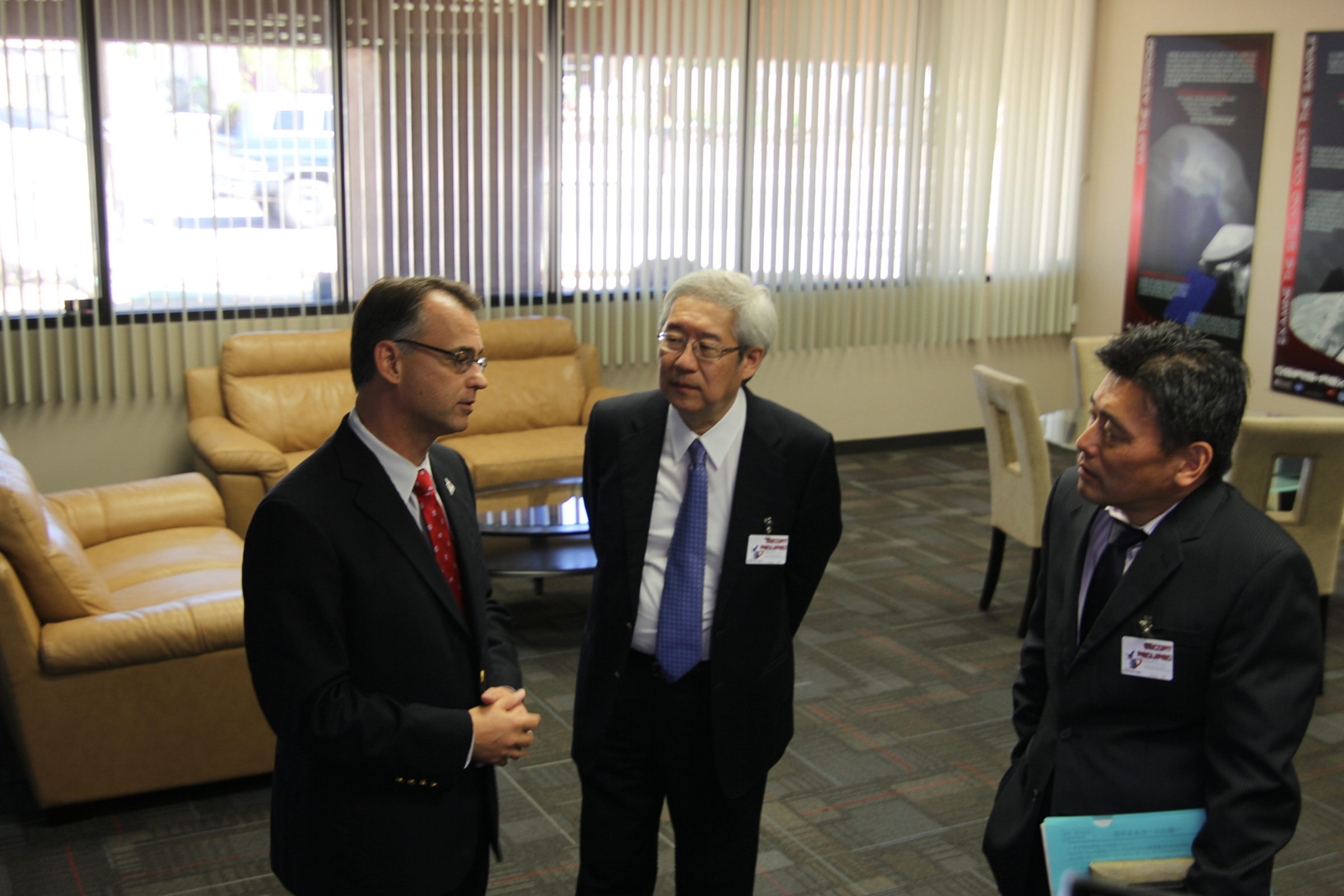
A film crew from NHK television documented the entire meeting. In addition to filming during our discussions, I gave them an hour-long interview. The program is scheduled to air in Japan in advance of the Hayabusa-2 launch at the end of November.
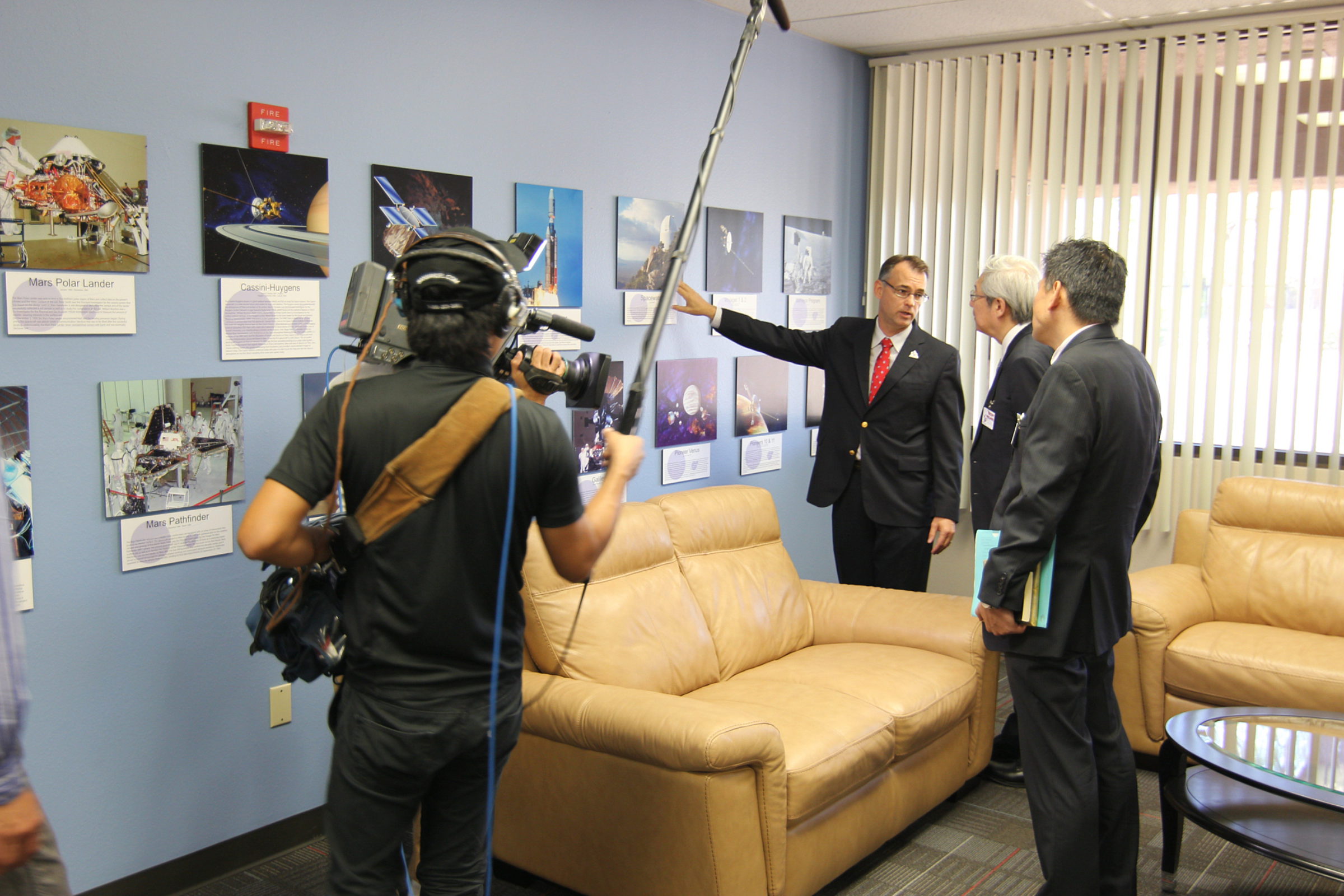
Hayabusa2 is the follow-on mission to Japan’s successful Hayabusa mission, which was the first mission to retrieve samples from an asteroid and return them to Earth. Hayabusa visited asteroid Itokawa, an S-type near-Earth asteroid linked to ordinary chondrite meteorites. Hayabusa touched down on asteroid Itokawa in late 2005, captured sample particles and returned them to Earth in 2010. I am personally a huge fan of the Hayabusa mission. We learned an enormous amount from that mission — it changed our whole perspective on OSIRIS-REx. Our Japanese colleagues helped themselves to plan Hayabusa-2 and to reduce the risk and the challenges of that mission, but they helped us without even realizing it. We studied their mission intently, we studied their asteroid, their processes and procedures, we took away the best, and we improved areas where we thought we could reduce risk even more. In many ways it fed into the design and planning for OSIRIS-REx.
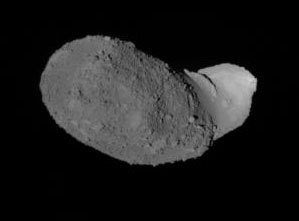
In particular, on the science side Hayabusa revealed that there was much more regolith present on Itokawa than predicted by theoretical considerations. More importantly, the thermal inertia data of Itokawa that suggested the presence of regolith was accurate. These results validate our conclusions that Bennu contains abundant regolith available for sampling based on the thermal inertia measurements made by the Spitzer Space Telescope.
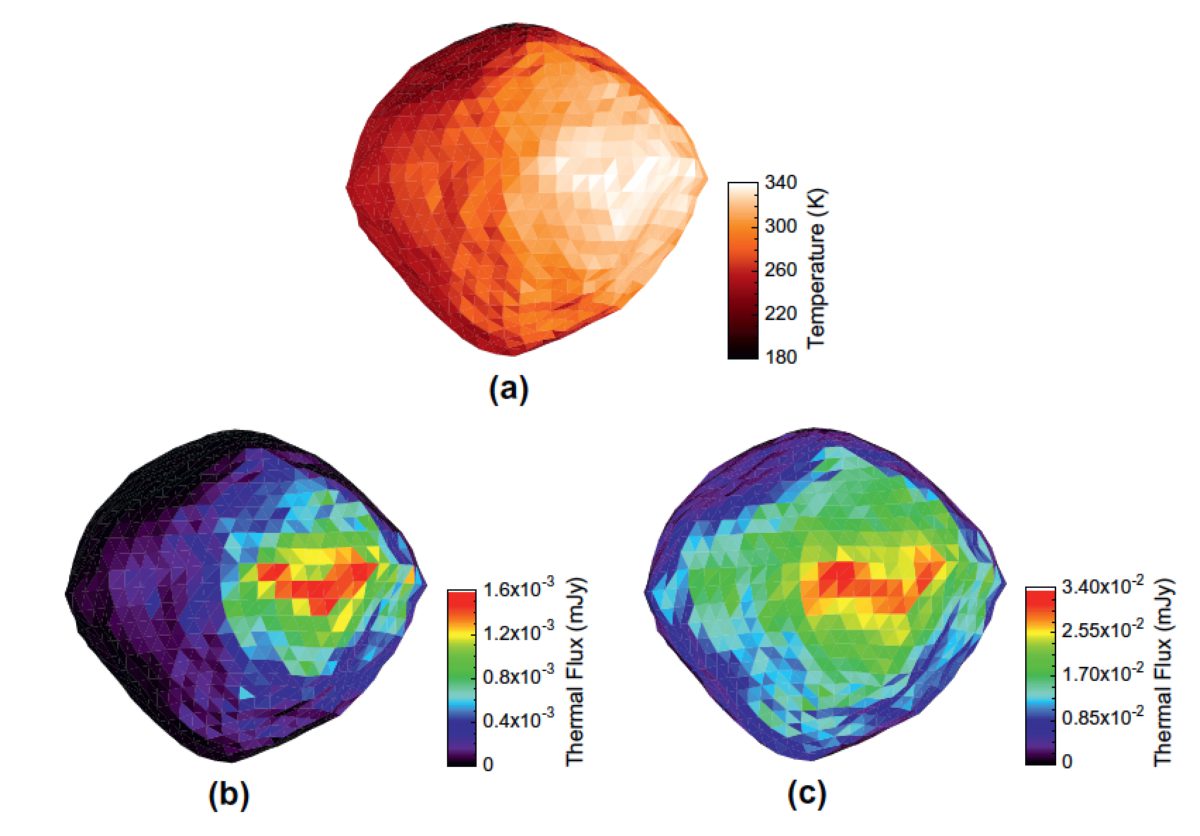
While Hayabusa provided exciting data about Itokawa, the mission had some difficulties carrying out its sampling. We attribute these difficulties to three main factors: 1) a short amount of time to develop comprehensive global knowledge of Itokawa prior to initial sampling attempts; 2) need for more simulation of sampling operations using high-fidelity models of Itokawa and the spacecraft prior to sampling attempts; and 3) constrained tolerances on asteroid surface criteria for the sampling mechanism. Hayabusa had two months of operations at Itokawa prior to the sampling attempt. OSIRIS-REx will spend almost a year characterizing Bennu, with the first sampling attempt occurring after we have had substantial time to characterize the surface and select the optimum sampling site. OSIRIS-REx uses detailed modeling and simulation of Bennu, the spacecraft, and the instruments to validate the interfaces and processes required for efficient navigation. OSIRIS-REx will essentially fly thousands of virtual missions to Bennu prior to encounter. Finally, Hayabusa hadTAG Rehearsal Phase is planned, with each step in the sample collection maneuver sequence rehearsed and verified prior to moving to the next step.
The primary goal of Hayabusa2 is to again return asteroid samples to Earth. This time the science is driven by sample return from a C-type asteroid, called 1999 JU3, which is thought to contain more organic matter than the S-type asteroid explored by the original Hayabusa mission. OSIRIS-REx is targeting Bennu, a B-type asteroid. Successful sample collection from both target asteroids is expected to provide knowledge on the origin and evolution of the planets, and in particular the origin of water and organic matter on the Earth.
Hayabusa2 will utilize and improve upon the technologies used in the original Hayabusa mission. The Hayabusa2 mission will use ion engines to access 1999 JU3 in a spacecraft almost identical to the original Hayabusa. There are some significant modifications to the instrument suite, communications array, the sampling system, and multiple deployable assets (small carry-on impactor, a separation camera, several surface rovers, and a lander). The Hayabusa2 payload is comprised of a multi-band imager, a near infrared spectrometer, a thermal infrared imager, a laser altimeter. Hayabusa2 will attempt to collect three samples from the surface of the asteroid in order to return a minimum of 100 mg of material. Prior to its third touchdown, Hayabusa2 will release the impactor on the asteroid surface that will create a small crater, possibly exposing more pristine materials from beneath the surface from which sample collection may be attempted.

Hayabusa-2 is scheduled to launch on November 30, 2014 from Tanegashima Space Center, Japan, using an H2A launch vehicle. The spacecraft is expected to reach 1999 JU3 in June 2018, upon which it will observe the asteroid’s surface using remote sensing instrumentation. This will be an exciting time in asteroid exploration. OSIRIS-REx is expected to reach Bennu in August 2018, providing an unprecedented opportunity for international collaboration in asteroid exploration. During operations of OSIRIS-REx we intend to host Japanese scientists at UA, and we expect to be able to send team members to JAXA to collaborate on their mission. Both spacecraft will venture into far-away and unknown territory, and for the most part, they will be on their own. We are both pioneers in the exploration of the asteroid frontier. Just like the pioneers of old, our chances for survival go way up if we know there is someone else out there that we can reach out to for help if needed.
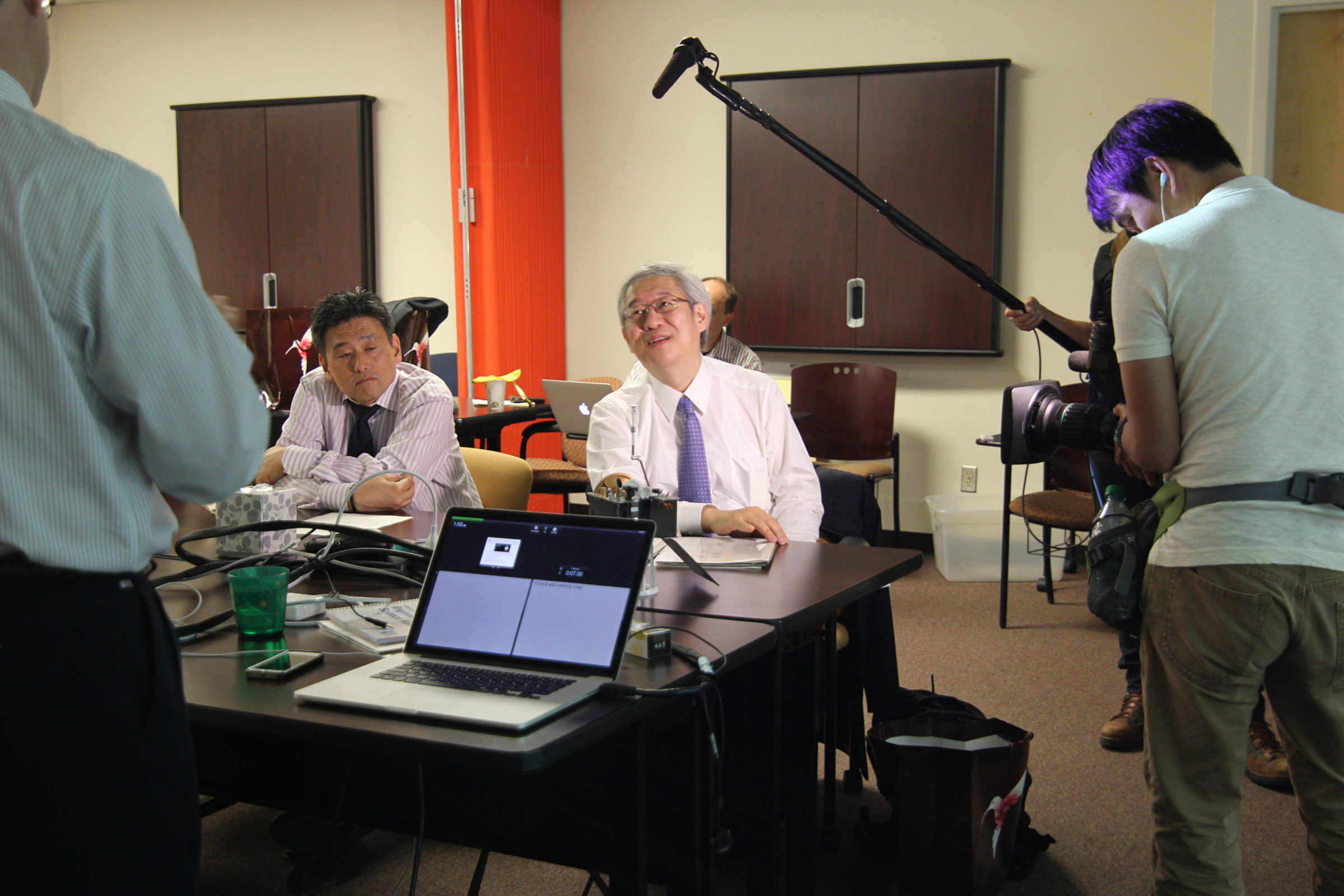
In addition to hosting members of each other’s mission teams, NASA and JAXA hope to exchange fractions of the samples collected by the two spacecraft. The scientific return from the two missions combined is more than double the value of each individual mission. In my opinion, it’s quadruple or higher, because all of a sudden, you get to do cross-comparisons and intellectual activities that wouldn’t be permitted with a single mission. I look forward to continuing this collaboration – working together promises to make both our missions better.
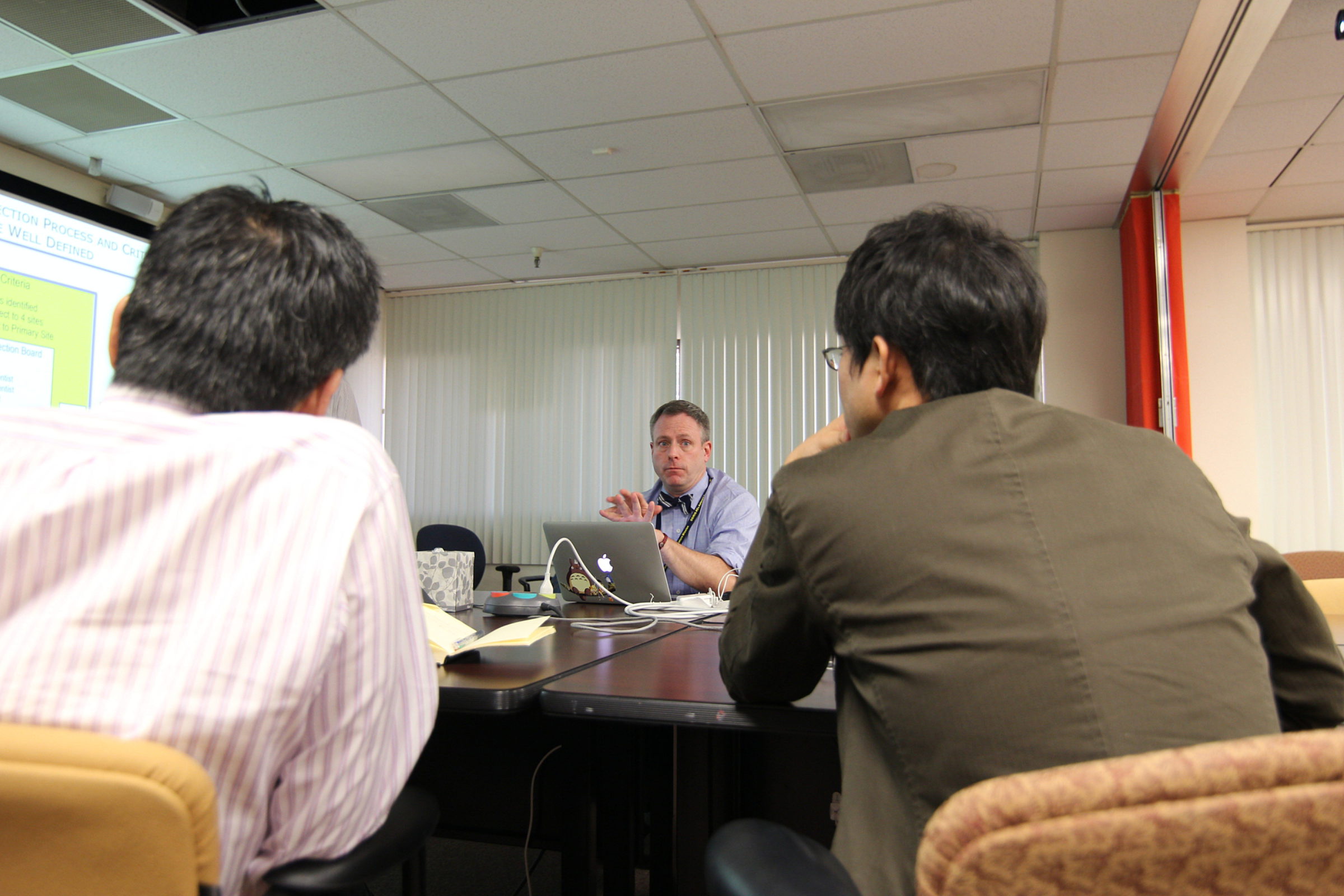

Let’s Go Beyond The Horizon
Every success in space exploration is the result of the community of space enthusiasts, like you, who believe it is important. You can help usher in the next great era of space exploration with your gift today.
Donate Today

 Explore Worlds
Explore Worlds Find Life
Find Life Defend Earth
Defend Earth

